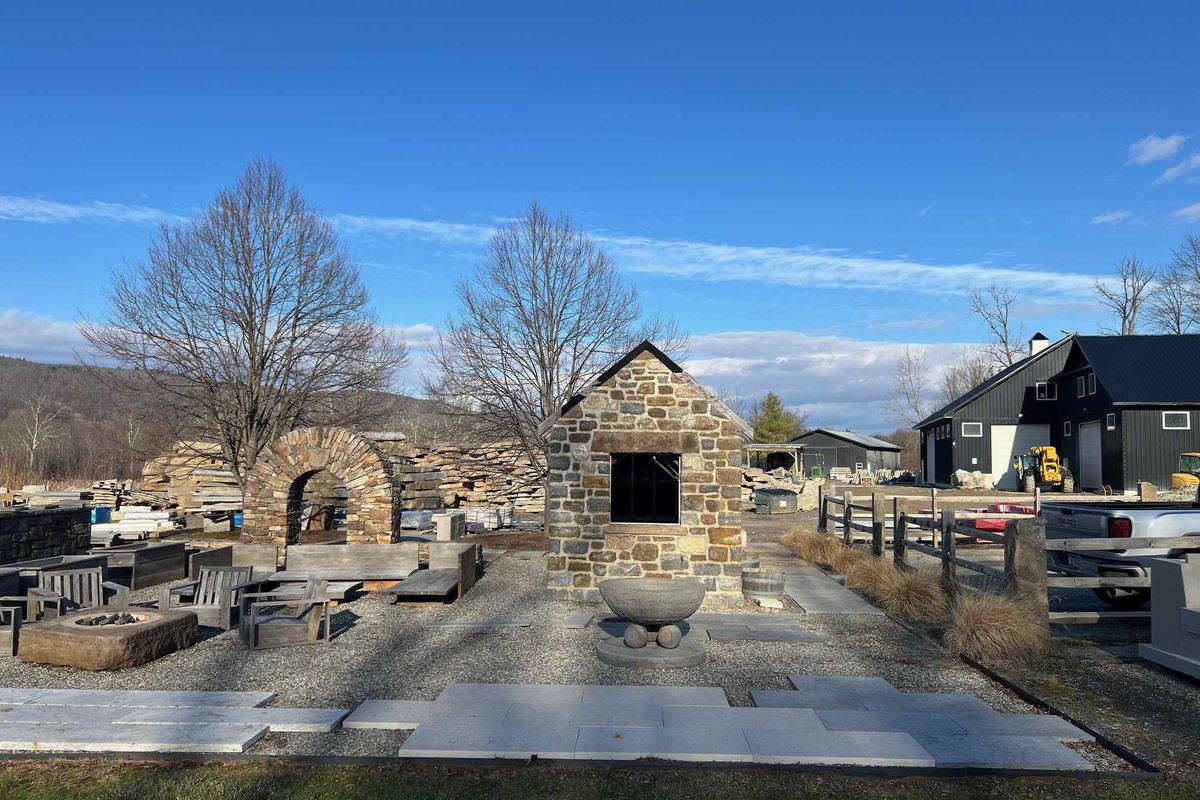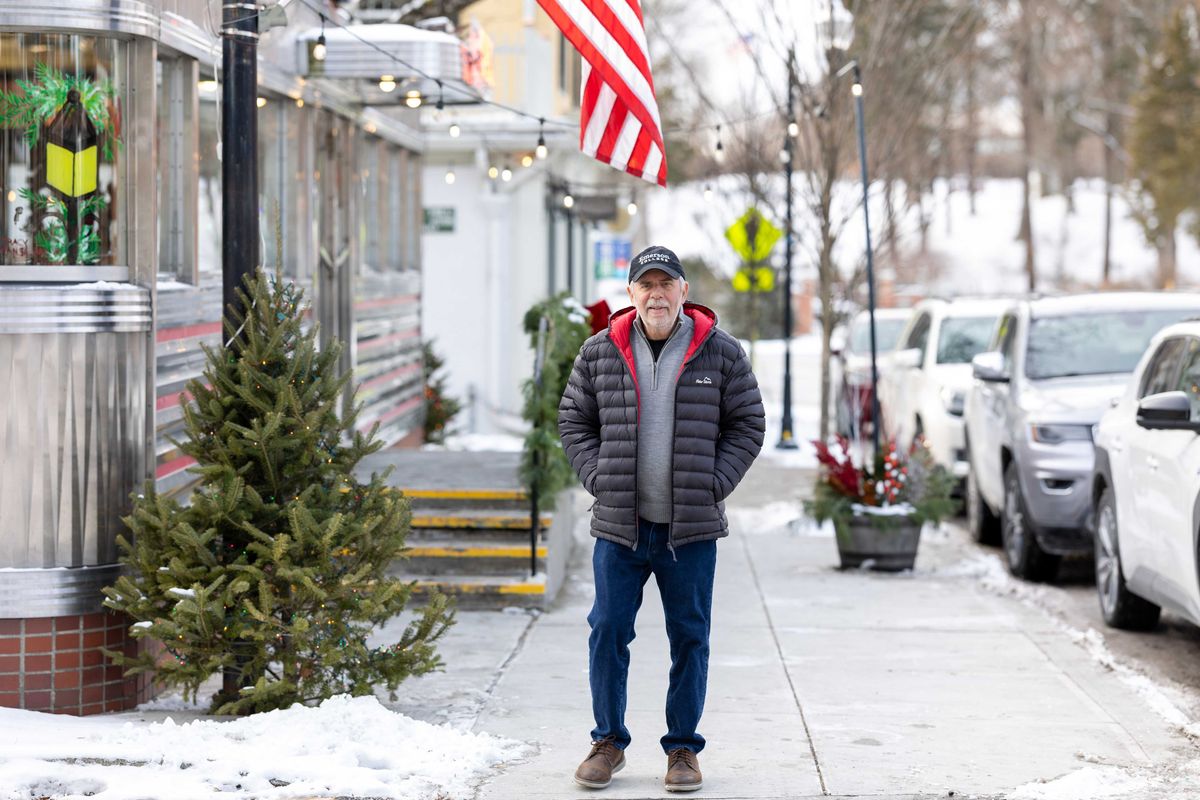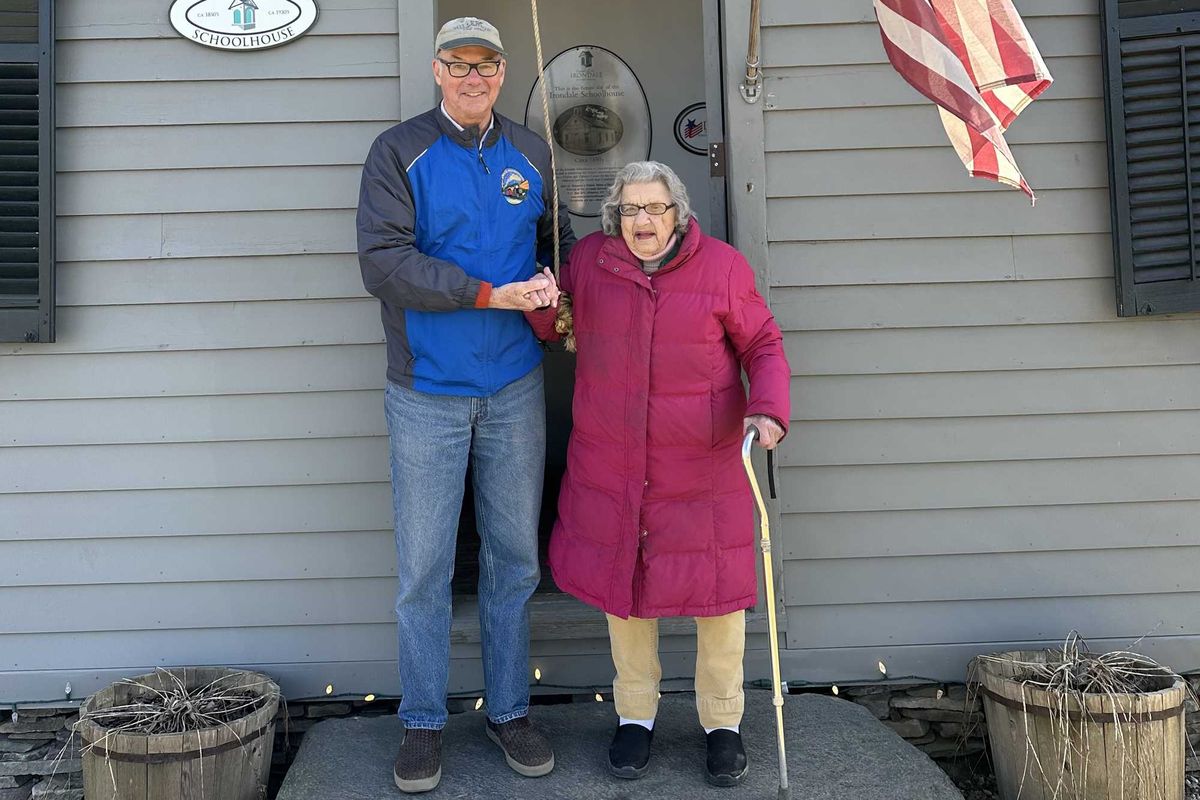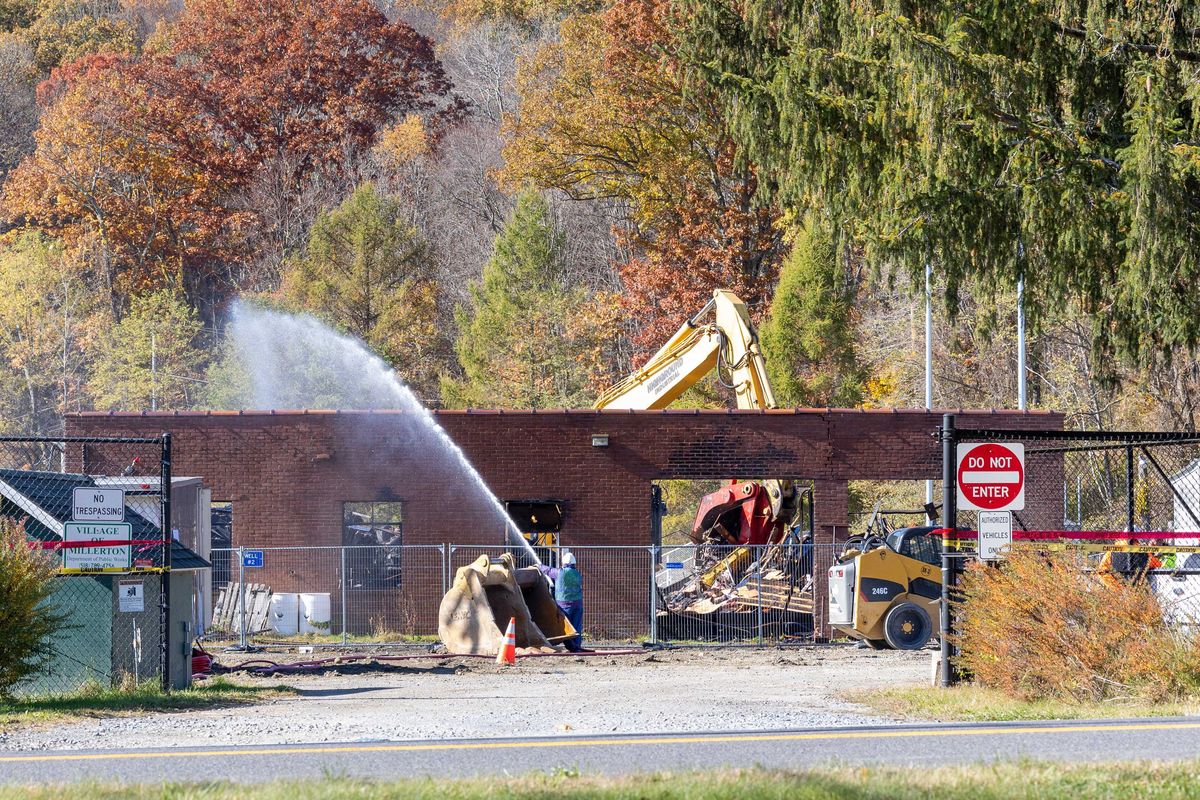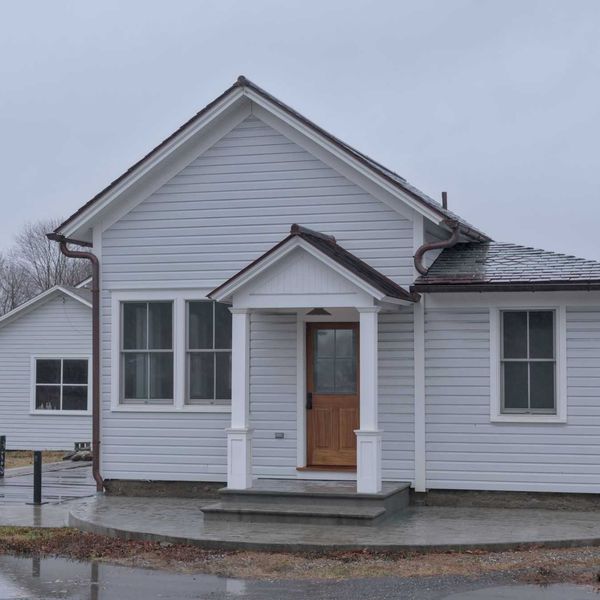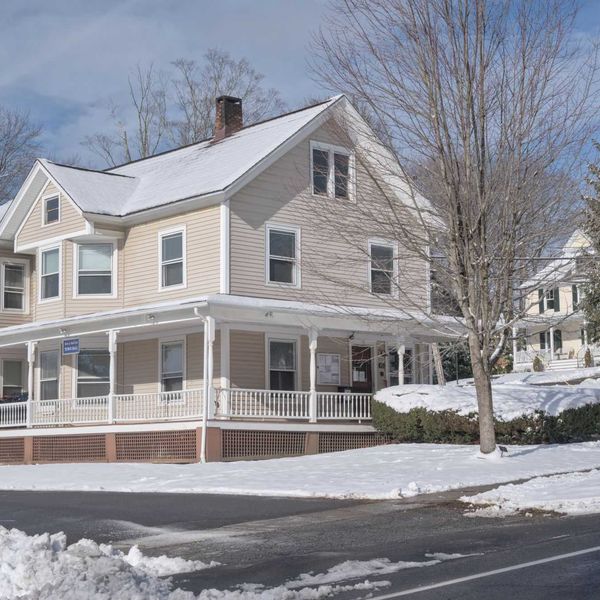Millerton streetlight upgrade will save energy and money
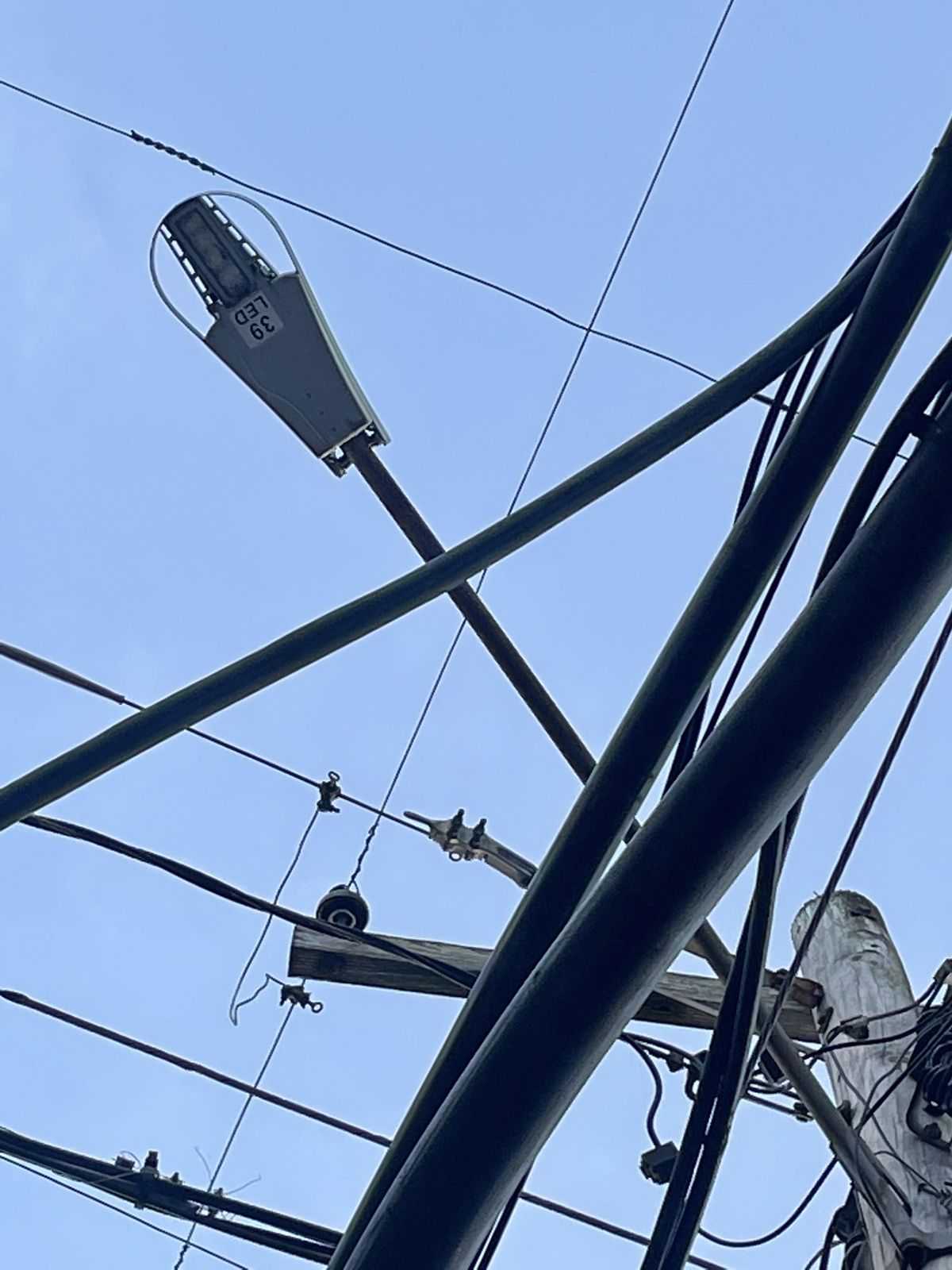
One of the 60 current LED streetlights in the Village of Millerton, at the corner of Dutchess Avenue and Simmons Street. Along with 78 new fixtures, they will be replaced with warmer, dimmable bulbs and comfort lenses, using existing poles.
PHOTO BY DEBORAH MAIER


